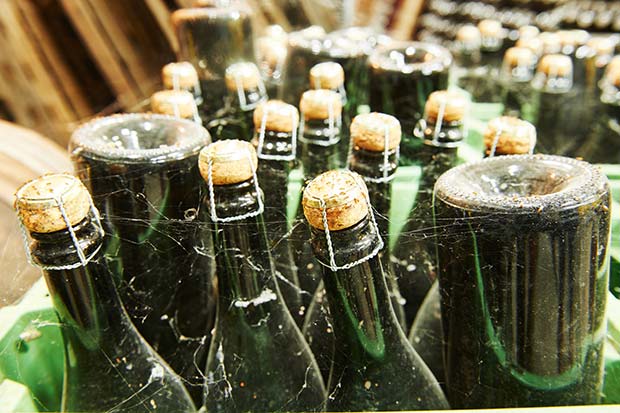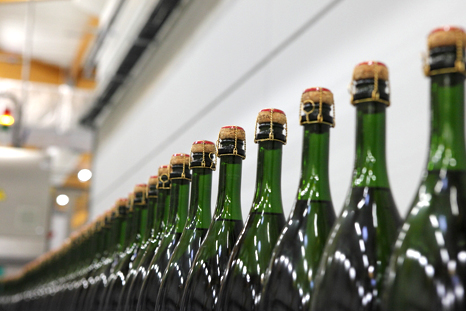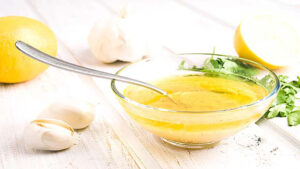
It is becoming increasingly common to hear Champagne producers refer to their cuvées as ‘undosed’ or with ‘little dosage’. But what do these labels mean? Is an undosed Champagne better?
Champagne is quite a complex wine to make. To begin with, a ‘normal’ white wine is made, dry and still, sometimes made from white grapes but often from black ones, then matured in vats or barrels (generally until April or June). The next step is tirage, when the base wine is bottled and a tirage liqueur is added (with yeast and sugar in it) in order to bring on a second fermentation in the bottle. This is when the base wine becomes a sparkling wine. It can then be left to age for a bit (at least 15 months depending on the demands of the appellation) or for a lot longer (sometimes several years for fine, vintage cuvées).
Once matured the wine is disgorged (meaning that the deposits are removed) and stoppered with a cork after the addition (or not) of what is known as a ‘liqueur d’expédition’, a mixture made of reserve wines and pure cane sugar. The quantity of residual sugar in the bottled wine (natural sugar from the grape as well as added sugar) will determine the type of Champagne:
- Brut nature: no added sugar and less than 3g/litre of residual sugar
- Extra-brut: between 0 and 6g/litre of residual sugar
- Brut: between 7 and 12g/litre of residual sugar
- Extra-sec: from 12 to 17 g/litre of residual sugar
- Sec: from 17 to 32 g/litre of residual sugar
- Doux: more than 50g/litre of residual sugar

Without added dosage, the intrinsic qualities of the wine and its terroir can be better highlighted. Any minerality, partially or even entirely masked by the dosage, is also better perceived. The complexity of the wine is greater in terms of the richness of its aromas. For the last two centuries, an increasing taste has developed for less heavily-dosed Champagne. In the 19th century, Champagne was made very sweet, with levels of residual sugar between 50 and 100 g/litre, if not more. Today, sweet and demi-sec Champagnes are rare.
Evidently, if undosed Champagnes are to be enjoyable to consumers, they have to be made from superb grapes that have reached a sufficient level of maturity. If not, the wine’s acidity can be too bitter. This is why most lower-level Champagnes are heavily dosed, so as to avoid an acidity that renders them unsellable. If you’ve wondered why you’re not feeling great after drinking supermarket Champagne, it’s the sugar that, mixed with alcohol, makes your head hurt, along with a level of acidity that turns your stomach!
Sometimes, winemakers will offer a version of their Champagne in ‘brut nature’ and ‘extra-brut’, or more rarely ‘extra-brut’ and ‘brut’.
See all the Champagnes available on iDealwine



